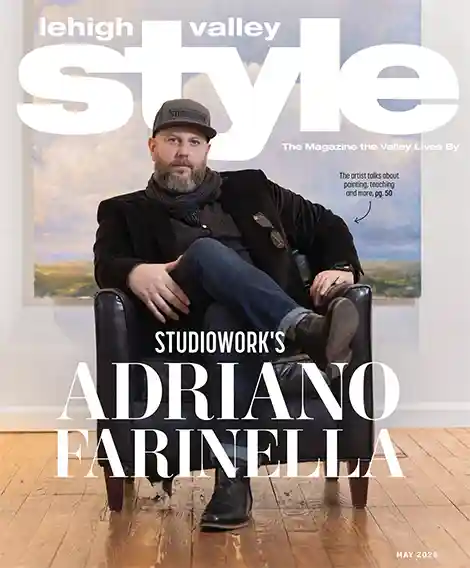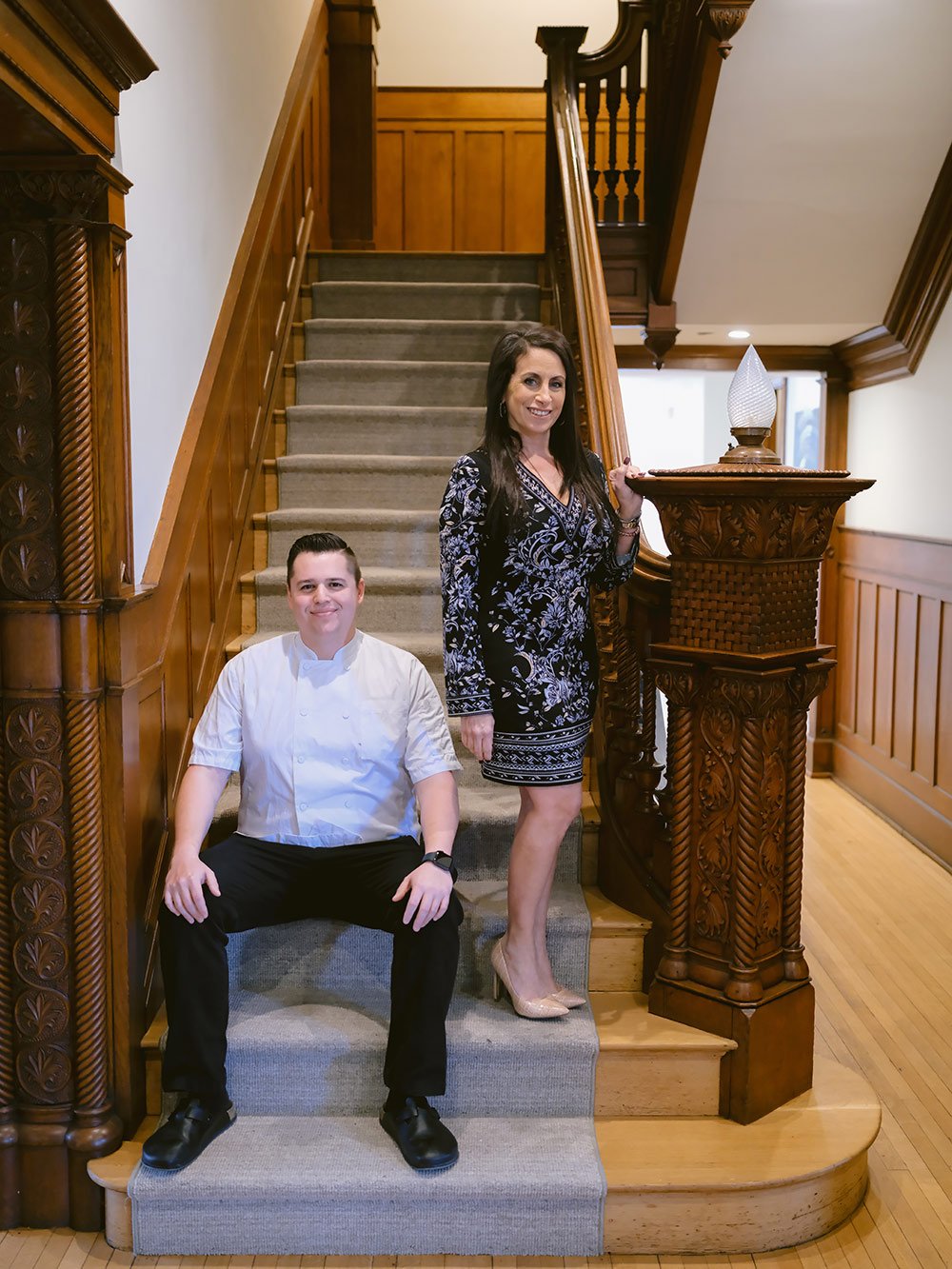
There is no shortage of beautiful architecture in the Lehigh Valley. Many of those include mansions built during the nineteenth century, when the Lehigh Valley, like much of the country, was experiencing industrialization and urbanization, and this rising class needed a home befitting their social stature. The architecture contributes to the charm of the region; many of those more elegant structures have become part of informally tagged “mansion districts,” often located within historic districts. (Think Third Street Alliance in Easton, or the Historic Benner Mansion in Allentown, for example.)
So, what else do you do with an 18,500-square-foot property that includes a Gothic Revival-styled mansion with nine en suite bedrooms and an adjoining event space that formerly served as a Masonic temple? If you're John and Lynn Noble, who've developed commercial real estate for years, you turn it into a boutique hotel, event space and top-notch restaurant. You hire an equally incredible chef and then design the dream professional kitchen (it's gleaming, enormous and well thought out) and get to work creating a unique menu with a thoughtful wine list and range of dining experiences (ask about the chef's table). Sure, opening a hotel, event space and restaurant might seem like an obvious way to breathe new life into a historic space. But it's remarkable, because The Wilbur Mansion has not been open to the public ever before.
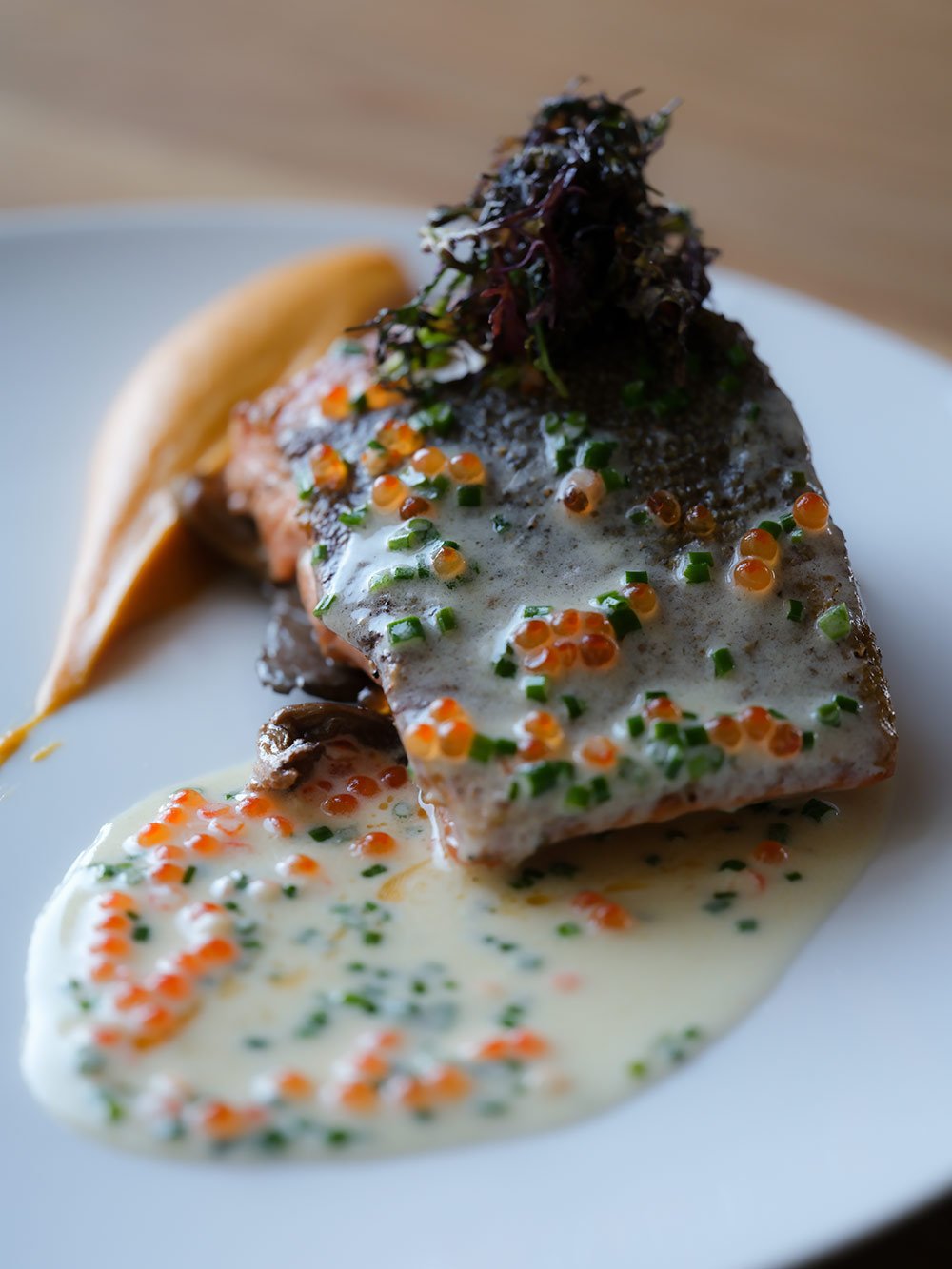
Nowadays? “People ring the doorbell and want a tour,” says Michelle Konish, general manager. “They don't yet know what's going in here.” That of course is slowly starting to change. (See their recent OpenTable dining awards, bestowed upon them this past February after opening in November 2022.)
The mansion, which is next door to the Sayre Mansion but accessible from a side street just off 378, is perched up high enough to afford unparalleled views of Southside Bethlehem. It was built in 1865 in the Gothic Revival style for Elisha Packer Wilbur and his family, which included 10 children. Wilbur was the nephew of Asa Packer and one of the founders of Lehigh University; he also started one of the first banks in the Lehigh Valley (the Wilbur Trust) and was the president of the Lehigh Valley Railroad. At the time, though, South Bethlehem, with its prominent rail access, was its own borough and wasn't part of Bethlehem until the early twentieth century, says Chris Worton, a licensed architect based in Easton. The location of the mansion, in what's now the Fountain Hill historic district, he says, is no accident.
“The site is significant because it straddles the outer boundary of South Bethlehem but is in close proximity to Fountain Hill. Although it's peripheral to both places, it paradoxically becomes a highly visible object in the landscape. This would have been important to the Wilburs as they were the elite of the area and it was important to be visible, not only to the other elite of the region, but also to the larger population as well,” he says.
In 1925, Wilbur's wife sold the property to the Bethlehem Masons, who added a lodge and temple and used the site for their meetings and activities for nearly 100 years. They put the property up for sale in 2015 and the Nobles bought the building. According to Lynn, John had had his eye on that property for 40 years. “It is literally one of the few fully intact mansions from the era,” he says. "We want to preserve that and bring it back to life and make it a showcase.”
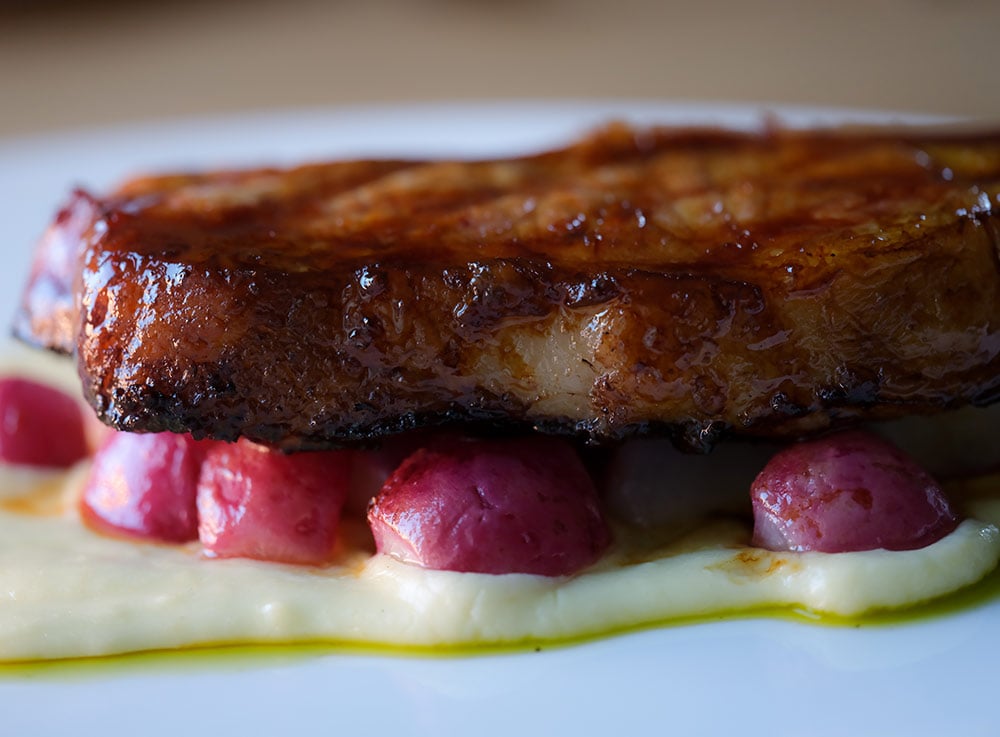
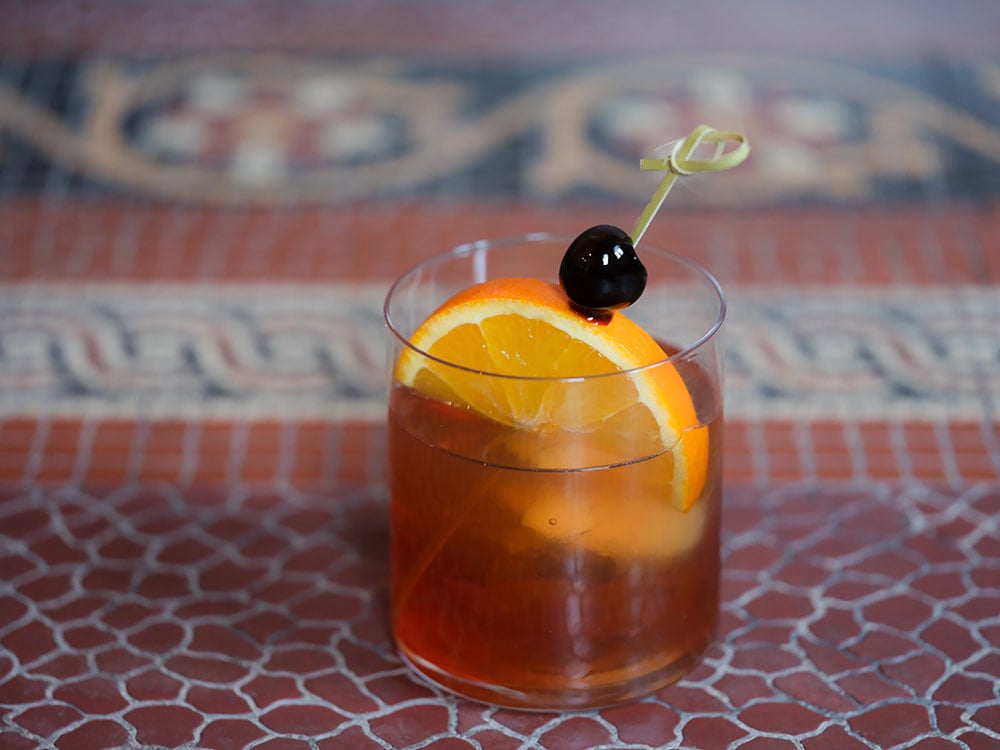
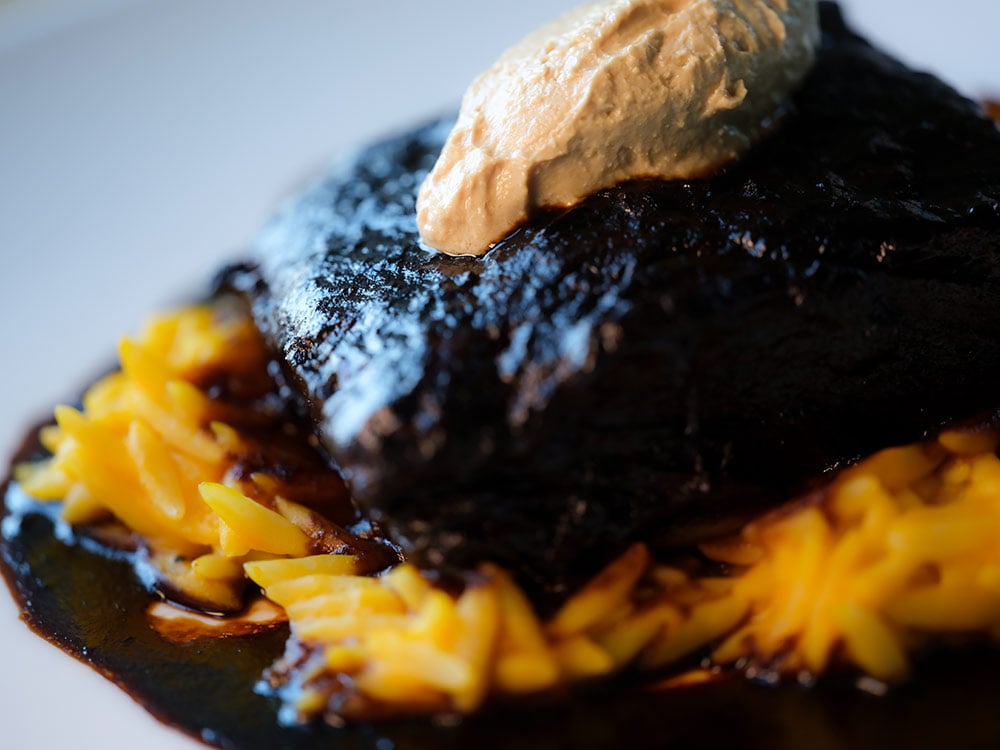
However, it needed some work. “It was in great disrepair, but thankfully all of the elements were still there and it was able to be brought back to its original glory days,” says Lynn. The adjoining Masonic temple had sustained too much water damage and couldn't be salvaged. However, its chimney had become home to thousands of chimney swifts. The Nobles did everything they could to keep the chimney intact—and therefore the home for these migrating birds—while the rest of the structure was renovated. “It was so worth it in the end! Our swifts came back and are now a part of our story,” she says. (And in the mansion's logo.)
You have to see this place to believe it. There are 10 fireplaces and each one is completely different and seemingly more outstanding and/or ornate than the next. It's warm and inviting but also grand and detailed, a careful balance of the old and new. It's hard not to feel a little fancy, though, just walking through the doors. The Wilbur doesn't necessarily require a dress code, but when you're dining at a mansion you might feel obligated to dress up a smidge. (After all, The Wilbur Mansion also hosts weddings up to about 250, with both indoor and outdoor spaces for these celebrations.)
Such is the backdrop for some fine food coming out of executive chef Justin Beaver's kitchen, who was born and raised in Bethlehem before attending The Culinary Institute of America (CIA) and working in Florida, Maryland and Nashville. (Incidentally, CIA is also where he met his wife, Amanda, The Wilbur's pastry chef.)
The menu befits the setting, with a balance of classic dishes rendered in a modern yet approachable style. In other words, you'll never wonder what's on your plate, but you might be surprised by some of the ingredient combinations and presentations. (Ever had roasted radishes? If you order the very incredible Amish-style pork chop, you will.) The best way to describe the food? You can taste everything. The flavors are distinct and clear; nothing tastes muddied. The dishes are executed with care and intention, with the inclusion of local and/or seasonal offerings as much as feasibly possible. (Chef says to look for ramps, fiddlehead ferns and other foraged items this spring.)
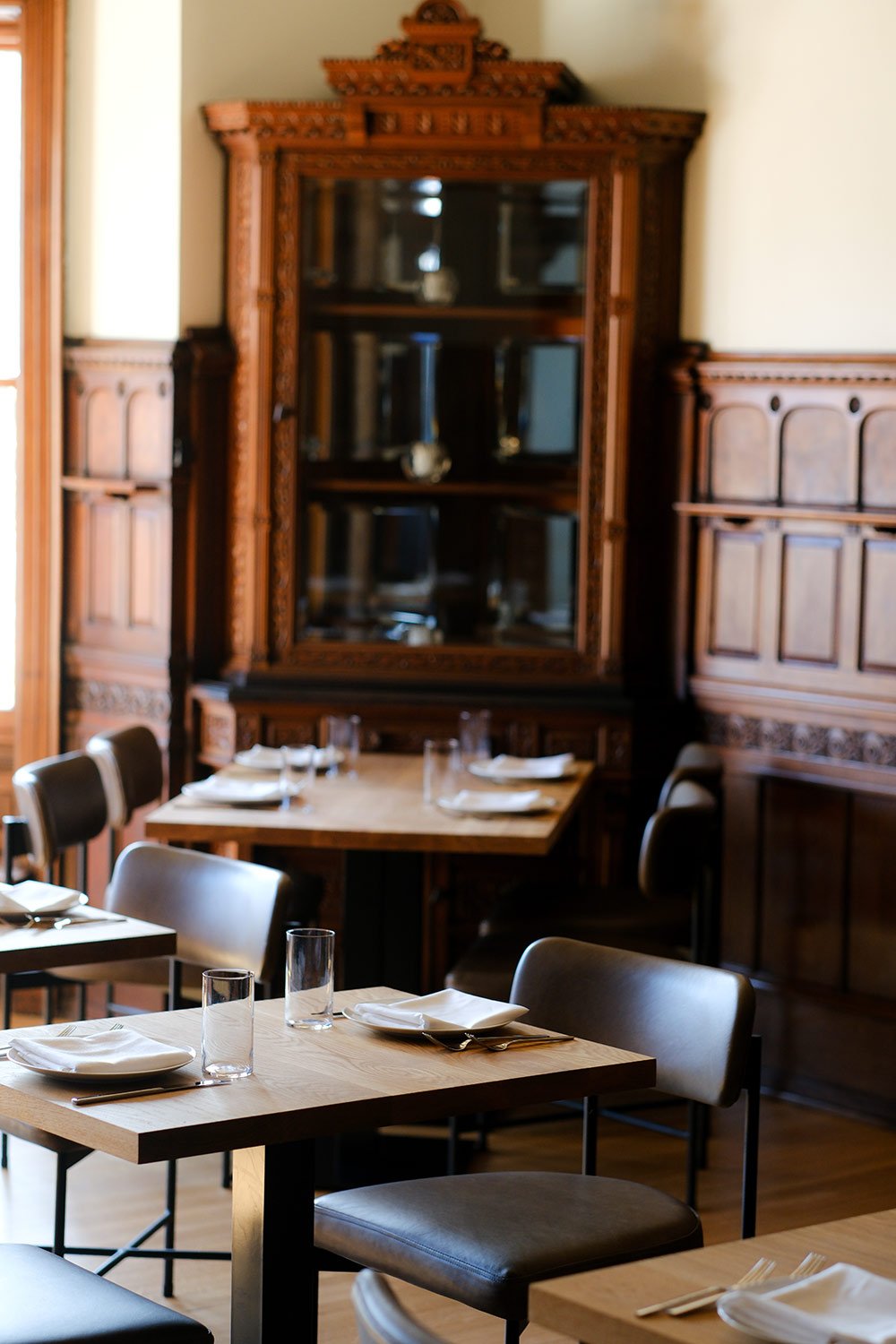
People are really responding positively to the menu, says Konish. Among those standouts is the grilled Atlantic octopus. Yes, octopus. There's definitely a bit of a curiosity factor, for sure—it's not exactly an ingredient most people will cook at home. However, it's also an ingredient that's really easy to overcook, but here, it's expertly grilled and served with green olives, caperberries, grape tomato and pearl onions in a roasted garlic broth with just a hint of heat from Calabrian chiles. “People just love it,” says Beaver.
Other dishes leaving a lasting impression include the steelhead trout, which most people can't believe isn't salmon (the color and taste are somewhat similar), with a sweet potato goat cheese purée, roasted oyster mushrooms and a smoked trout caviar sauce. It wouldn't be a fine dining restaurant without a short rib dish; this formerly inexpensive cut of meat has become increasingly in demand in recent years. It's braised for more than 12 hours in red wine, and served with a kabocha squash purée and orzo, along with local ricotta with pumpkin seed. To say the latter is fork tender would be an understatement; it's more accurate to say it melts in your mouth. Fettuccine is house made and served as a Bolognese with wild boar, another protein you don't encounter every day.
But some are real winners that will undoubtedly take up something resembling permanent residence on this menu. (I, for one, am advocating for the beets and burrata dish, with creamy beets and earthy beets resting on some house-made rosemary sugar.) Indeed, since our interview, a few new dishes have already found their way onto the menu, such as Louisiana crawfish spaetzle, and another one, the duck with chestnut purée. “We've been using this crispy skin duck dish on our chef's tasting table, and people love it,” says Beaver.
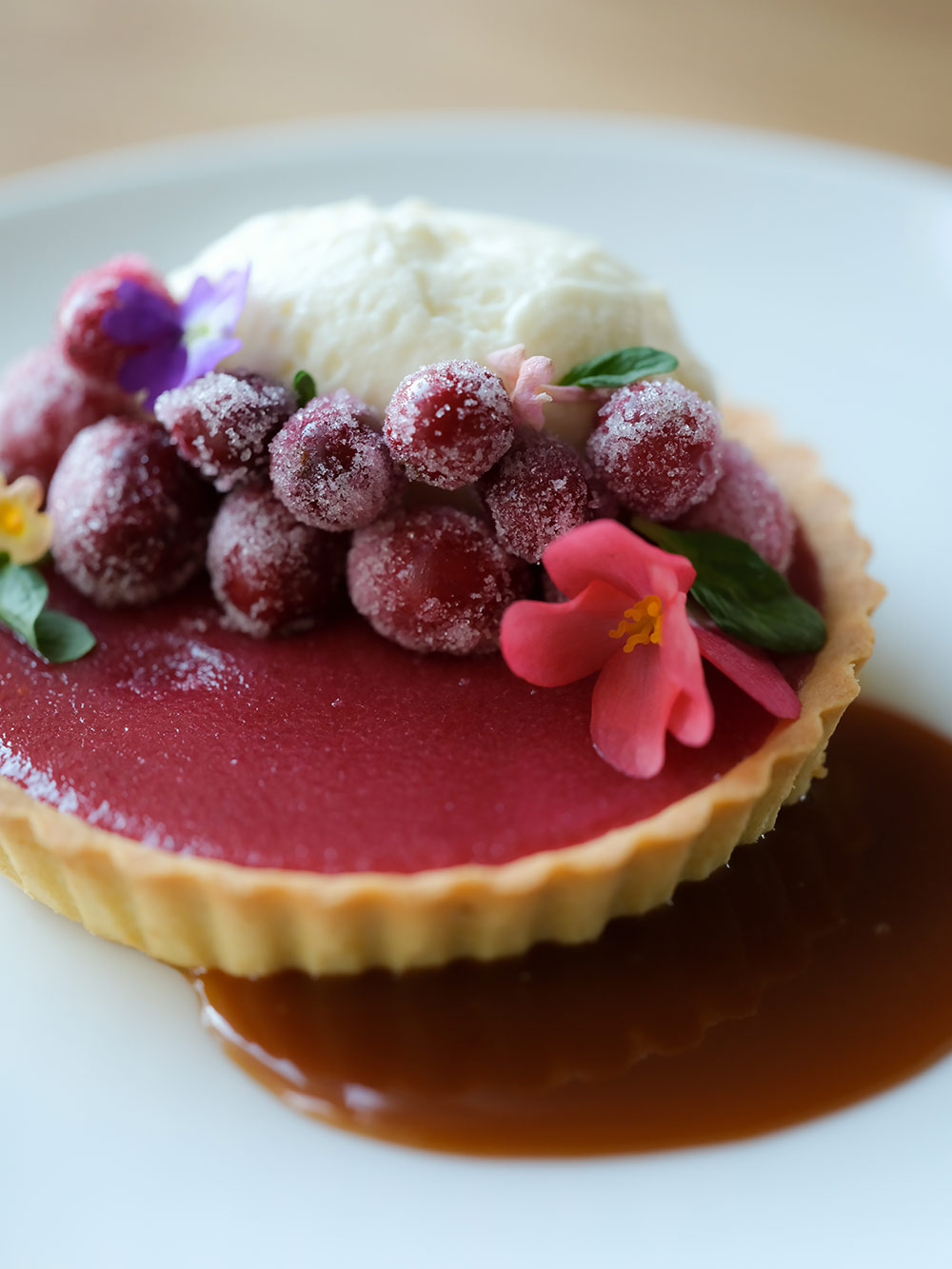
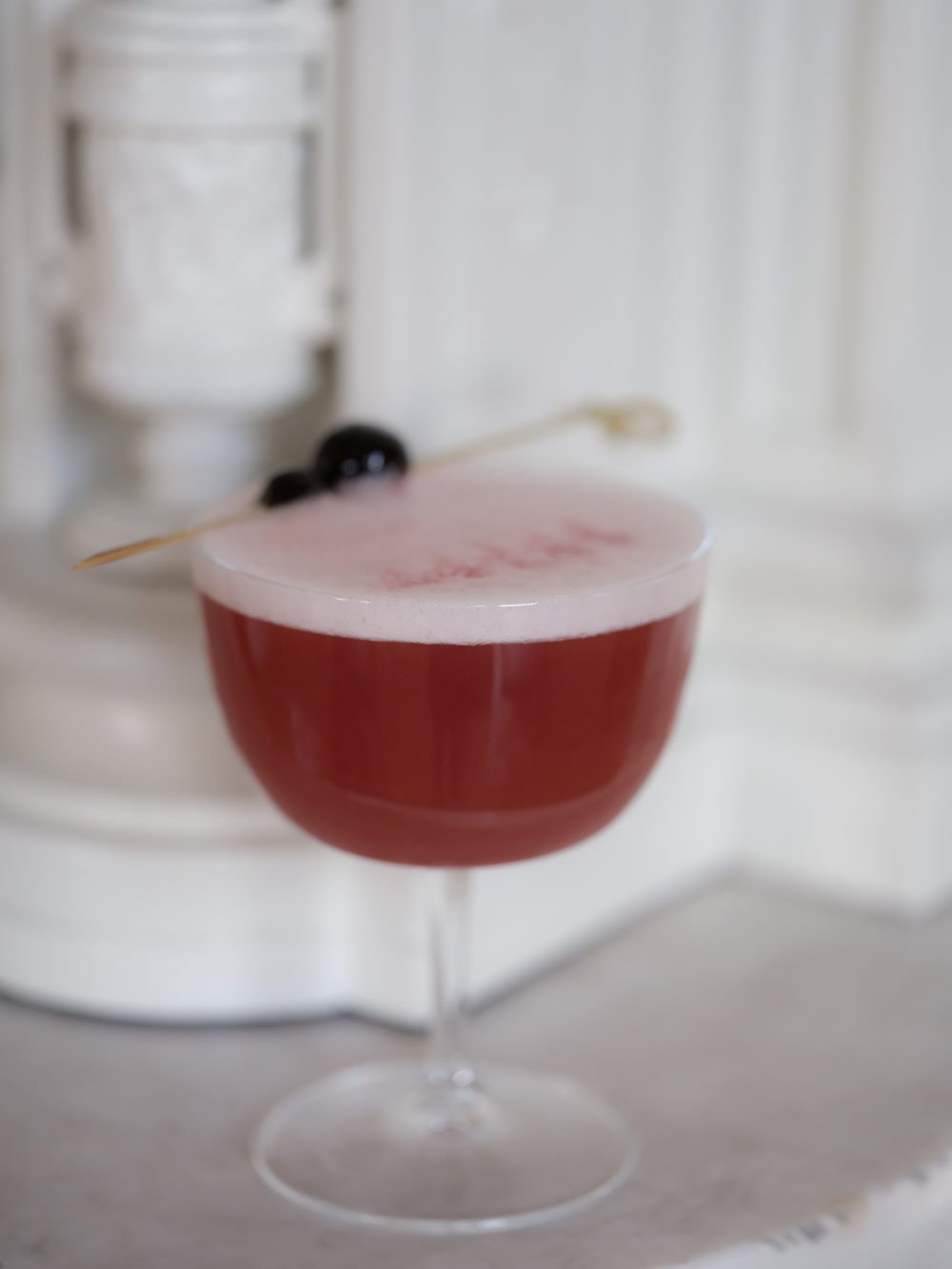
Oh, and about that chef's table. The room you'll dine in, if you opt for that option, is directly adjacent to the kitchen in a room loaded with a beautiful wooden-beamed ceiling. Expect seven courses for that chef's table dinner, which can seat up to six people, and your own dedicated server. “There are a few curveballs on the chef's menu, including the chicken liver mousse tart. It's gorgeous, with a port wine gelée over the top. I try to push people out of their comfort zone,” says Beaver. And feedback from diners across the board, not just at the chef's table, is evident. “The dishes come back clean,” he says.
“Our big goal for the menu and the mansion is to be fresh, simple and colorful—and that's really what I hope comes through,” says Beaver.
His words reflect a larger thought about The Wilbur itself, and it's clear everyone who works there is kind of understandably smitten with the place. “Our favorite thing to do is create beautiful and functional spaces, utilizing and enhancing the surrounding nature. It really brings us joy, especially with The Wilbur Mansion project to be able to take something that was old, keeping all of the great features, but adding a modern twist to it,” says Lynn.
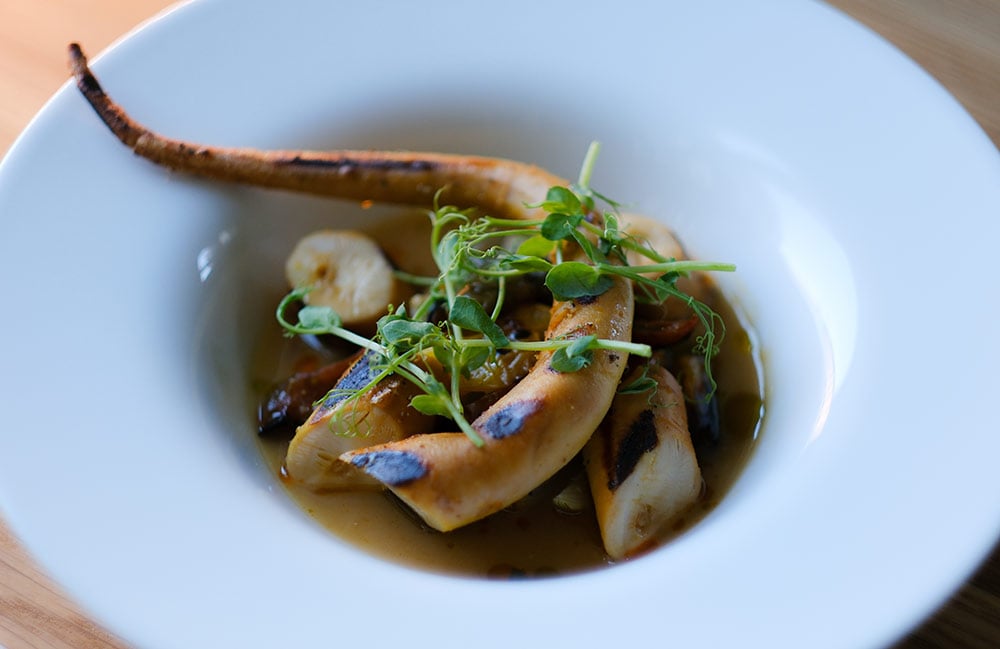
The Wilbur Mansion
201 Cherokee St., Bethlehem | 610.419.1101 | wilburmansion.com
Hours
Wed.–Sat.: 4:30–10 p.m.;
Sun.: 3–7 p.m.
Reservations: Recommended
Parking: large lot on site
Special events: Happy Hour: Wed.–Fri. from 4:30–6:30 p.m. with special drink promotions and a bar menu; Chef's Table Dinners: Thurs., Fri. & Sat.: seven courses from $165 per person (wine pairings are an additional $55 per person)
What to Order
Anything! Really! We loved the burrata and octopus, and so do lots of diners at The Wilbur. You can also find dayboat scallops from Barnegat Light in New Jersey and lobster mac and cheese, on the appetizer menu. Entrées are substantive and beautifully plated, whether it's the Amish pork chop, organic pasture-raised chicken breast, house-made fettuccine, short rib dish or that trout we discussed earlier. The steak au poivre is served in a fancy way; that's all we'll say about that because it's important to be surprised sometimes, right? Don't miss the cocktails, either, such as The Wilbur Fashioned (Woodford Reserve, vanilla bean, brown sugar, orange bitters), specialty martinis and the Smoked Negroni (Tanqueray, Carpano Classico sweet vermouth and Campari). The cocktails are, fittingly, as special and signature as everything else you'll encounter here.
Published as “Inside Dish” in the May 2023 edition of Lehigh Valley Style magazine.







